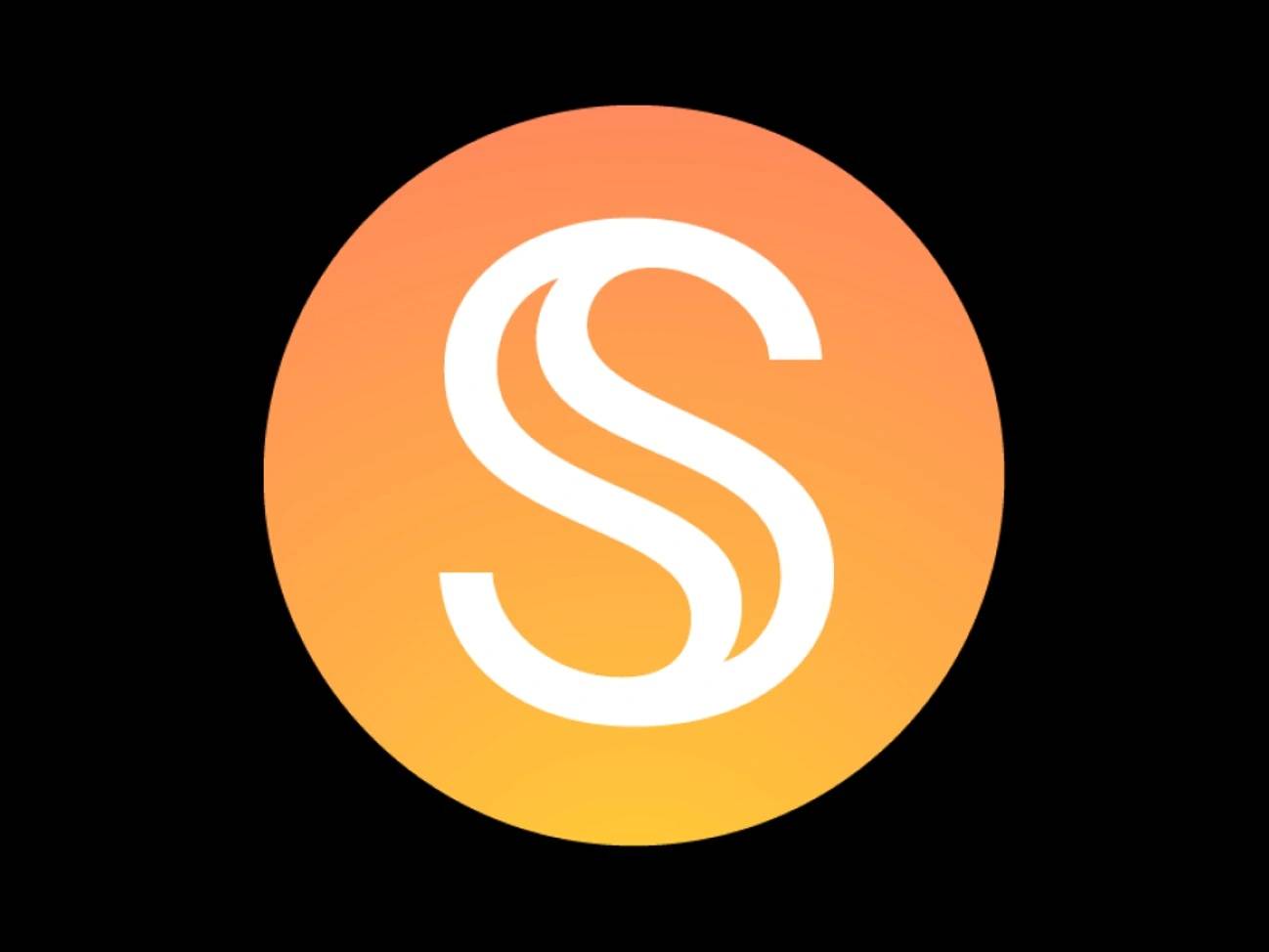위키 구독하기
Share wiki
Bookmark
USDS
USDS
USDS는 미국 달러와 1:1 가치를 유지하도록 설계된, Sky Protocol이 발행하는 탈중앙화된 스테이블코인입니다. 여러 블록체인에서 작동하며, ETH, USDC 또는 토큰화된 실물 자산을 사용하여 초과 담보 금고를 통해 민팅할 수 있습니다. [1][2]
개요
USDS는 Sky 생태계를 위해 개발된 ERC-20 스테이블코인입니다. 허가 기능, EIP-1271 서명 유효성 검사 및 UUPS 프록시 패턴을 통한 업그레이드 기능을 통합합니다. USDS는 지원되는 플랫폼을 통해 DAI와 1:1로 교환하거나 USDC에서 전환할 수 있으며, 프로토콜 기본 보상 시스템 또는 표준 저축 이율에 대한 선택적 접근 권한이 있습니다. 그러나 이러한 혜택은 미국과 영국을 포함한 특정 관할 구역에서는 제한됩니다.
USDS는 Sky Vaults를 통해 민팅되며, 사용자는 ETH, USDC 또는 토큰화된 실물 자산을 담보로 예치합니다. 시스템은 각 USDS가 담보로 뒷받침되도록 보장하며, 위험 관리를 위해 청산 메커니즘을 사용합니다. 사용자는 Sky 저축 이율을 통해 수익을 얻거나 Sky 토큰 보상을 통해 배포를 받아 USDS를 할당하여 가격 안정성을 넘어 추가적인 유틸리티를 제공할 수 있습니다. [3] [6] [7]
역사
USDS는 8월 프로토콜의 브랜드 변경 이후 Sky(이전 Maker)가 도입한 스테이블코인 Dai (DAI)의 리브랜딩 버전입니다. 이 전환에는 이름 변경에 대한 혼란이 포함되었으며, “Maker”로 되돌리는 제안이 있었지만 주요 이해 관계자들은 최종적으로 이를 거부했습니다.
11월, Sky는 Solana 블록체인에 USDS를 출시하여 해당 네트워크의 최초 주요 DeFi 기본 스테이블코인으로 자리매김했습니다. 이 배포는 USDS 및 그 저축 변형인 sUSDS를 위한 계획된 크로스체인 브리지인 SkyLink와의 향후 통합을 포함하여 Solana의 탈중앙화 금융 생태계를 확장하려는 광범위한 계획의 일부입니다(거버넌스 승인 보류).
Sky는 Kamino Finance, Drift Protocol 및 Save Finance와 같은 프로토콜에서 초기 사용자와 유동성 제공자에게 보상 프로그램을 도입하여 Solana 채택을 장려했습니다. 이러한 인센티브는 USDS로 배포되며 유동성과 참여를 증진하는 것을 목표로 합니다. 이 프로토콜은 Solana에서 원활한 USDS 활동을 지원하기 위해 Wormhole의 네이티브 토큰 전송 시스템을 사용합니다. [8]
sUSDS
sUSDS는 사용자가 USDS 보유량에 대한 수익을 얻을 수 있도록 하는 Sky Protocol Sky 저축 이율(SSR) 모듈에 대한 예금을 나타내는 토큰입니다. ERC-4626 표준을 기반으로 구축되어 USDS와 sUSDS 값 간의 정확하고 실시간 변환이 가능합니다. 사용자가 SSR 모듈에 USDS를 예치하면 예치된 금액과 시간 경과에 따라 발생한 모든 가치를 추적하는 sUSDS 토큰을 받게 됩니다.
Sky Protocol은 온체인 거버넌스를 통해 결정된 가변 저축 이율을 기반으로 SSR 풀에 USDS를 정기적으로 추가합니다. 프로토콜이 이러한 토큰을 추가함에 따라 sUSDS의 가치는 비례적으로 증가하여 사용자는 언제든지 초기 예치금과 발생한 모든 수익을 포함하여 sUSDS를 USDS로 상환할 수 있습니다. 토큰 아키텍처에는 ERC-1822 UUPS 패턴과 ERC-1967 저장소 프록시를 통한 업그레이드 가능한 기능이 포함되어 향후 시스템 업데이트에 대한 유연성을 제공합니다. 스마트 계약은 수수료나 중개자 없이 모든 가치 변화와 변환을 처리합니다. [9] [10]
유틸리티
USDS는 보유자가 Sky Protocol에 통합된 탈중앙화된 비보관 메커니즘을 통해 보상을 얻을 수 있도록 하여 여러 형태의 유틸리티를 제공합니다. 사용자는 모듈의 총 USDS 풀에서 사용자의 점유율을 기준으로 SKY 토큰 인센티브를 비례적으로 배포하는 Sky 토큰 보상(STRs) 시스템에 USDS를 할당할 수 있습니다. 참가자가 받는 SKY 토큰의 양은 절대적인 기준이 아니라 다른 사람에 비해 얼마나 많은 USDS를 기여했는지에 따라 달라집니다. 전체 풀 크기가 변동함에 따라 이 점유율이 변할 수 있습니다. 이러한 보상은 중개자가 아닌 스마트 계약을 통해 관리되므로 사용자는 자금에 대한 완전한 제어권을 유지합니다.
또는 사용자는 Sky 저축 이율(SSR) 모듈에 USDS를 공급할 수 있습니다. 그렇게 하면 ERC-4626 표준을 준수하는 예금을 나타내는 토큰인 sUSDS를 받게 됩니다. 프로토콜이 발생한 저축을 반영하기 위해 SSR 풀에 USDS를 정기적으로 추가함에 따라 sUSDS의 가치는 시간이 지남에 따라 증가합니다. 사용자는 언제든지 sUSDS를 USDS로 상환하여 초기 예치금과 발생한 보상을 받을 수 있습니다. 이 저축 메커니즘은 최소 공급량을 요구하지 않으며, 가치 증가는 프로토콜의 내부 이율 논리에 따라 지속적으로 발생합니다.
STR과 SSR은 USDS 보유자가 유동성과 자기 보관을 유지하면서 지속적인 보상에 접근할 수 있도록 하여 일반적인 스테이블코인을 넘어 코인의 기능을 확장합니다. [10] [11]
잘못된 내용이 있나요?
